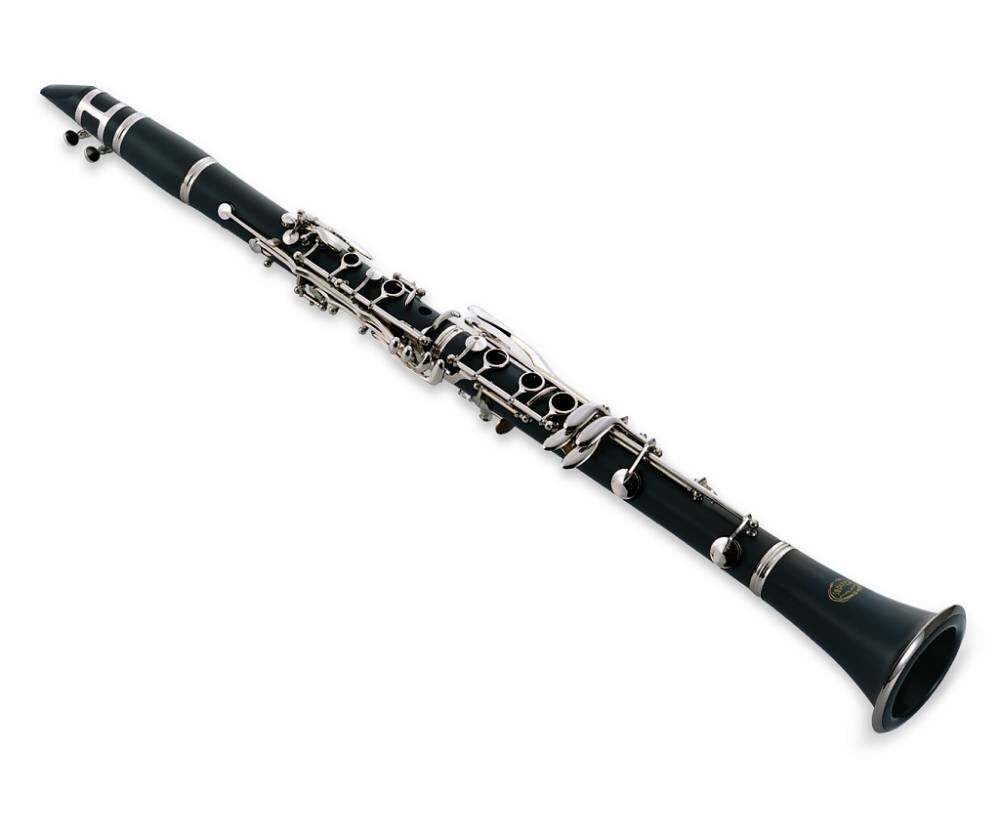Oboe is not Clarinet
Oboe and clarinet look similar in design, but they are two different instruments.
Oboe is not clarinet, even though they both belong to the woodwind family of instruments and look identical. There are a few features that differentiate these two instruments from each other. While the main difference between the oboe and clarinet comes down to the reed, there are a lot of other variations between the two instruments as well.
History and Evolution of Oboe and Clarinet
Historical accounts indicate that the clarinet evolved from a single-reed instrument like the alboka and albogue; however, the modern clarinet was built from an instrument called chalumeau.
A breakthrough in the development of the modern clarinet happened in 1812 when Russian clarinetist Iwan Muller made a modern pad cloaked in a leather or fish bladder. This innovation helped clarinet players improve their music. After Muller, Hyacinthe Klosé introduced additional characteristics that we see in the contemporary clarinets.
While the history of the clarinet is evident, the oboe’s origin is not clear. Nobody knows where and when it was first developed. This instrument is first said to have appeared in France in the 17th century. The initial oboe was built from boxwood and had three keys.
As the oboe evolved, it saw the addition of more keys, such as the ones for F and G?. The instrument also became thinner. The contemporary oboe is generally made from African Blackwood. Some companies also use rosewood and cocobolo to make oboes.
Difference in Appearance
While the oboe and clarinet look identical, there are many differences in their appearance. Both instruments include a bell and upper and lower joints, but the oboe has a staple, whereas the clarinet has a barrel and mouthpiece.
Oboe has two reeds.
Oboe has two reeds and a conical bore, but the clarinet has a single reed and cylindrical bore. The bell of the oboe is rounded, whereas that of the clarinet is flared.
Most oboes have closed tone holes, while most clarinets have open tone holes. These instruments also differ in size. Oboe is typically 26 inches in size, whereas the clarinet measures 27.5 inches.
The Reed
As you can see that there’re a lot of differences between the oboe and clarinet; however, the most significant difference is in the reed. Most people easily spot that the clarinet comes with a single reed, placed on the mouthpiece, and kept in place by a ligature.
On the contrary, the oboe has a double reed. The reeds are placed alongside each other to generate sound. The difference in the reed between the oboe and clarinet is responsible for the generation of different tones with these instruments and how they are played.
The Tone
Another major difference between the oboe and clarinet is the tones that they produce. The oboe produces brighter, penetrative, and clear tones, whereas the clarinet generates mellow, round, dark, and lower range tones.
Oboe’s bright tone is credited to the conical bore. When it comes to the uses of these instruments, the oboe is mainly used in diverse genres like jazz because it can produce a broad range of tones, including softer tones.
Clarinet has a single reed.
Ease of Learning
The clarinet is relatively easy to learn. You can learn the finger basics with a few months of consistent practice. However, mastering the airflow and the dark timbre requires more training and effort.
The oboe is more challenging to learn as compared to the clarinet. You need continuous practice and the help of a reliable teacher to learn to play the oboe.
Types of Clarinets and Oboes
Different types of clarinets are used on different occasions and in combination with other instruments. The Piccolo clarinet is rare and used only in Italian military music, whereas the Sopranino clarinet is widely used by bands for concerts.
Then comes the Sporano clarinet of different keys like key A and Key C. It is the most commonly used clarinet. There are also other types of clarinets like the Basset clarinet, Alto clarinet, and Bass clarinet.
On the other hand, the types of the oboe are limited. The main types of oboes include Cor Anglais and Oboe d’amore. Cor Anglais comes with the F pitch, whereas oboe d’amore comes with A pitch. The third type of oboe is called bass oboe, which comes with one octave sound lower than the generally used oboes.
Famous Musicians
The list of the famous musicians who play the clarinet includes Ernest Ackun Luís Afonso, Cristiano Alves, József Balogh, Walter Boeykens, Kálmán Berkes, and Naftule Brandwein.
Musicians who have mastered the oboe include famous names like Koen van Slogteren, Fredrik Söhngen, Karl Steins, and Peter Smith.
Benefits of Playing Oboe and Clarinet
Learning the oboe or clarinet can be difficult; however, the benefits of playing these instruments are worth the effort required to master them. Playing the oboe or clarinet can make you smarter because it improves your memory and reasoning skills.
There is also a strong connection between social life and playing an instrument. Playing the oboe or clarinet can help you get hold of your emotions and stay calm. It can also keep your blood pressure in check and decreases stress hormones.
When you accomplish the challenging task of learning the oboe or clarinet, it will give you a sense of achievement and motivation. It can prepare you to take on more challenges in life with more confidence.
For children, learning the oboe and clarinet will improve their motor skills. It helps improve their coordination and management skills as well. Improvement of the memory during oboe or clarinet practice can help kids in other areas of life, such as academics. Furthermore, these instruments are known to make children more creative and attentive.
Conclusion
Many people assume that oboe and clarinet are two different names for the same instrument; however, the fact is that they are two distinct instruments. They may seem identical in shape, but they are not. They have different tones and characteristics.
While both of these instruments have many dissimilarities, learning to play the oboe and clarinet come with many benefits, as explained above. These instruments are particularly beneficial for children.
Are you looking for music classes for your children or yourself? Contact us now for more details or get registered.
Other articles of interest


